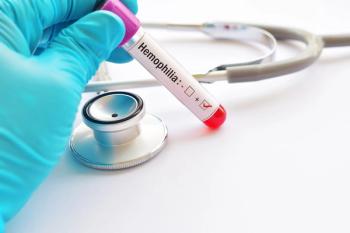
Treatment of diabetic ketoacidosis varies across specialties
Depending on whether a pediatrician or subspecialist is involved, treatment for diabetic ketoacidosis varies widely.
Diabetic ketoacidosis treatment differs widely, depending on the pediatrician or subspecialist involved. Medical professionals are calling for written guidelines on managing the condition because currently no US standards exist, according to research presented at the 2010 Pediatric Academic Societies Annual Meeting in Vancouver, British Columbia.
Researchers measured via online survey the different ways of managing diabetic ketoacidosis by pediatrician, subspecialist, resident, and fellow. There were 577 respondents, of whom 44% were subspecialists, 31% were general pediatricians, and 25% were pediatric residents and fellows. Of the residents and fellows, 81% saw a need for written guidelines, as did 73% of general pediatricians and 62% of subspecialists.
Sixty percent of pediatricians, 58% of residents and fellows, and 50% of subspecialists considered using bicarbonate to manage the condition. An initial fluid bolus (10 mL/kg versus 20 mg/dL for more than 1 hour) was considered by 31% of subspecialists, 24% of general pediatricians, and 16% of pediatric residents and fellows. Fifty percent of pediatricians chose 5% dextrose, and 28% selected the 2-bag titrating technique compared with other dextrose concentrations (47% of pediatric ICU subspecialists chose the 2-bag technique).
These variations in diabetic ketoacidosis management procedures demonstrate the need for standardization, according to the research results.
Newsletter
Access practical, evidence-based guidance to support better care for our youngest patients. Join our email list for the latest clinical updates.











